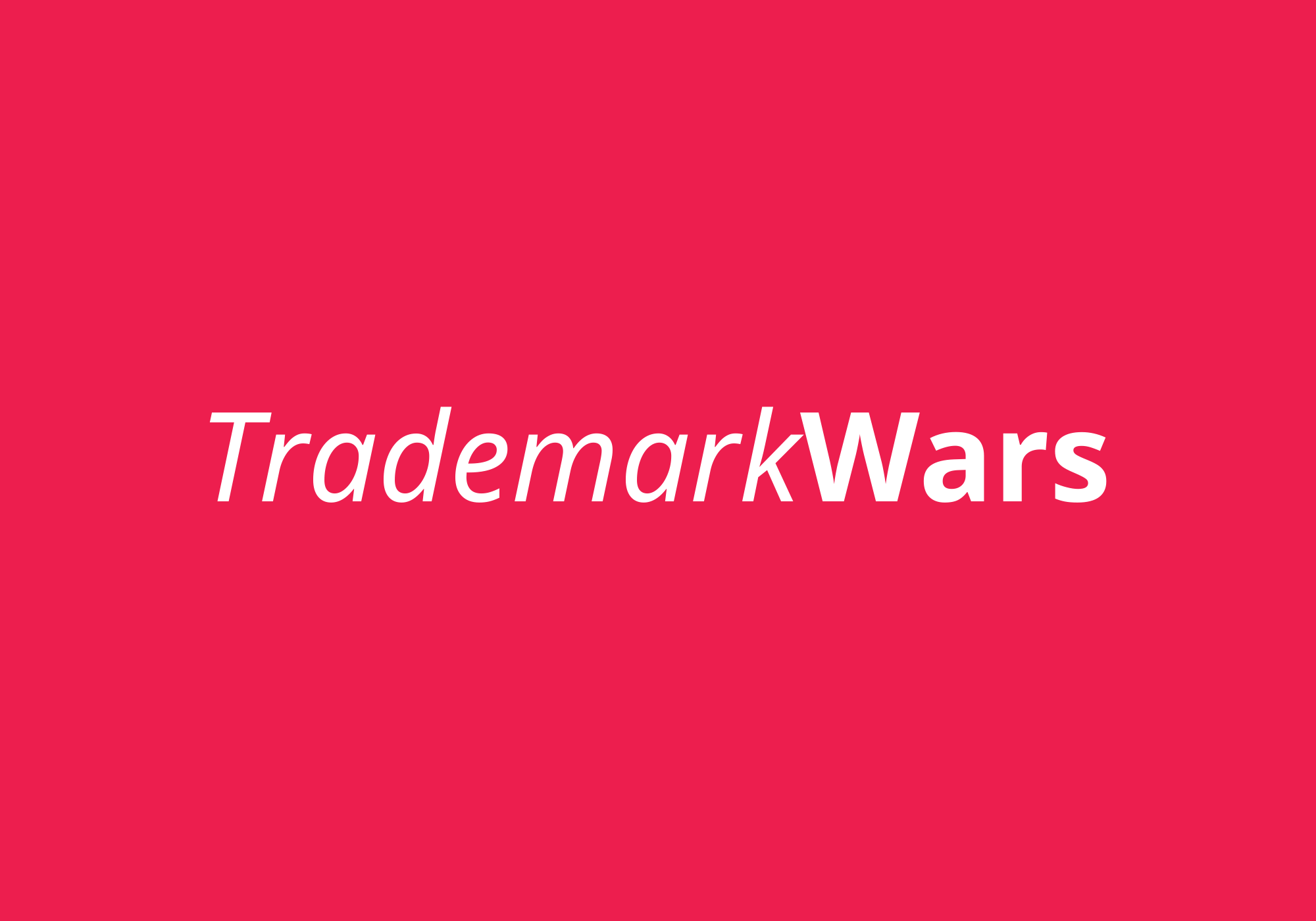This is the 21st Century, the era where a person could very erroneously type a wrong letter in a URL and end up in a rabbit hole of mischievous scams. That’s right. Autocorrect and simply not knowing the right domain extension could lead you into some unfortunate situations that might lead to parting with your hard-earned money.
According to statistics from First Site Guide, as of June 2021, there were 1.86 billion websites registered on the World Wide Web. However, this doesn’t leave a lot to be impressed about since over 1.4 million phishing sites are created every month. It’s mind-boggling to estimate the outrageous number of people falling to these scams and annoying antics every second. Cybercrime is the major disadvantage of the hitch-free methods, incredible ease, and extremely affordability of creating a website today. There’s little to no authenticity assurance (even with the “HTTPS” protocol), the bad has obviously outweighed the good, and of course, we are just getting started.
Rogue websites are one of the many forms of Intellectual Property infringement, where certain individuals or groups may create websites online for various malicious purposes such as selling counterfeits, hijacking brand identities for fraudulent purposes, scamming customers, spamming other websites, and running smear campaigns against individuals and legitimate brands.
Cybersquatting
To understand cybersquatting, imagine a group of kids heading up to summer camp is to share a sleeping hall with bunk beds assigned by name tags. Some of the kids would get to the hall first, occupy their beds and those of others, and then charge other kids $50 each to release corners that already had their names attached. Makes no sense, right?
On a larger and more bothersome scale, cybersquatting involves people occupying domain names of registered trademarks, personal brands, and public figures with the malicious intent to blackmail them into paying for these domains in the future. Other times, the culprits would take over the domains either to drive traffic to another site or to tap into the trademark’s authentic reputation and run scam operations online.
A registered brand may occupy only the .com extension of the domain name, leaving the .net, .org, and everything else unoccupied and vulnerable to online pirates. Many of the world’s top celebrities have been easy victims to these wicked antics. Madonna was forced into a legal battle when a guy named Dan Parisi registered a domain under her name, Madonna.com, and worked off her reputation to create an adult website. Madonna won the court case and had the site handed over to her.
Jennifer Lopez only runs the .com extension of her name, Jenniferlopez.com, but someone created the .org and .net extensions to coordinate flimsy scams with affiliate links. J.LO battled relentlessly and eventually had the domains handed over to her.
Another variant of cybersquatting is parody sites, where apparently jobless individuals create websites as jokes to mock, mimic, or embarrass a person, brand, or business. It blows out of proportion when the parody starts getting more attention than the actual website and proceeds to spread malignant information or run embarrassing operations.
Cybersquatting has left many businesses unable to reach their full potentials online, losing their claims to domains that promise solid search engine ranking and considerable visibility. For the more malicious cases, it’s also one of the fastest ways to severely damage a brand’s reputation online by registering their trade name and running shameful operations on these sites.
Typosquatting
Typosquatting involves scammers registering the domain names of brands and businesses with highly likely or common spelling errors. This way, they can redirect traffic from the authentic sites and perpetuate all forms of cybercrime and malignant antics. Microwsoft.com, Guccci.com, Adobe33.com, Apple-brand.com, are some of the examples of the alterations that could leave genuine global brands smeared in the mud.
Some of the world’s most famous brands and top companies are daily victims of typosquatting attempts. For example, the number of “Google.com” variants in the world is virtually impossible to keep track of. From misspellings and the inclusion of symbols to number variations and transliteration, Google has an entire department of engineers working to keep these problems at bay. If you erroneously type Googel.com, you’d be redirected to Google.com and this is one excellent way of limiting brand abusers’ access to common misspellings.
Preventing cyber abuse
Just like counterfeiting and other forms of IP rights infringement, cyber abuse doesn’t only affect top-tier brands. Any business or brand with a semblance of an online reputation could be targeted. The abusers would work off your progress, damage your reputation, direct traffic away from your website, and create a mountain of search engine optimization issues.
Below are a few tips for preventing cyber abuse:
Invest in buying extra domain extensions:
Don’t wait until you become a million-dollar business to buy the .org, .net, .space, .co, .online, and country-specific extensions of your domain name. This is also really helpful in online growth because clicks on these domains could be redirected to your main website to increase traffic, visibility, and sales.
Buy up misspellings as well:
Many business owners might consider this a bit of a paranoid stretch, but you’d appreciate it when your brand takes off massively and infringers start nosing about for inlets.
Put out public service announcements regularly:
Always make intentional efforts across social media, mainstream media, and anywhere else you might have customers to disclaim any websites bearing your trademark outside your stipulated list of domains. Forewarn your customers and safeguard your reputation.
Do it the AXENCIS way:
Most times, cease-and-desist letters aren’t always an adequate option. At absolutely zero cost to your business, AXENCIS will deploy the smart brand protection plan to restore your reputation and help you reclaim your lost revenue. Our interdisciplinary team of analysts, scientists, and lawyers could pinpoint the location of the abusers and initiate legal actions against them: freezing the accounts, seizing their assets, reclaiming your domains, and securing large payouts for our brand. Read more about cost-free services HERE.



















